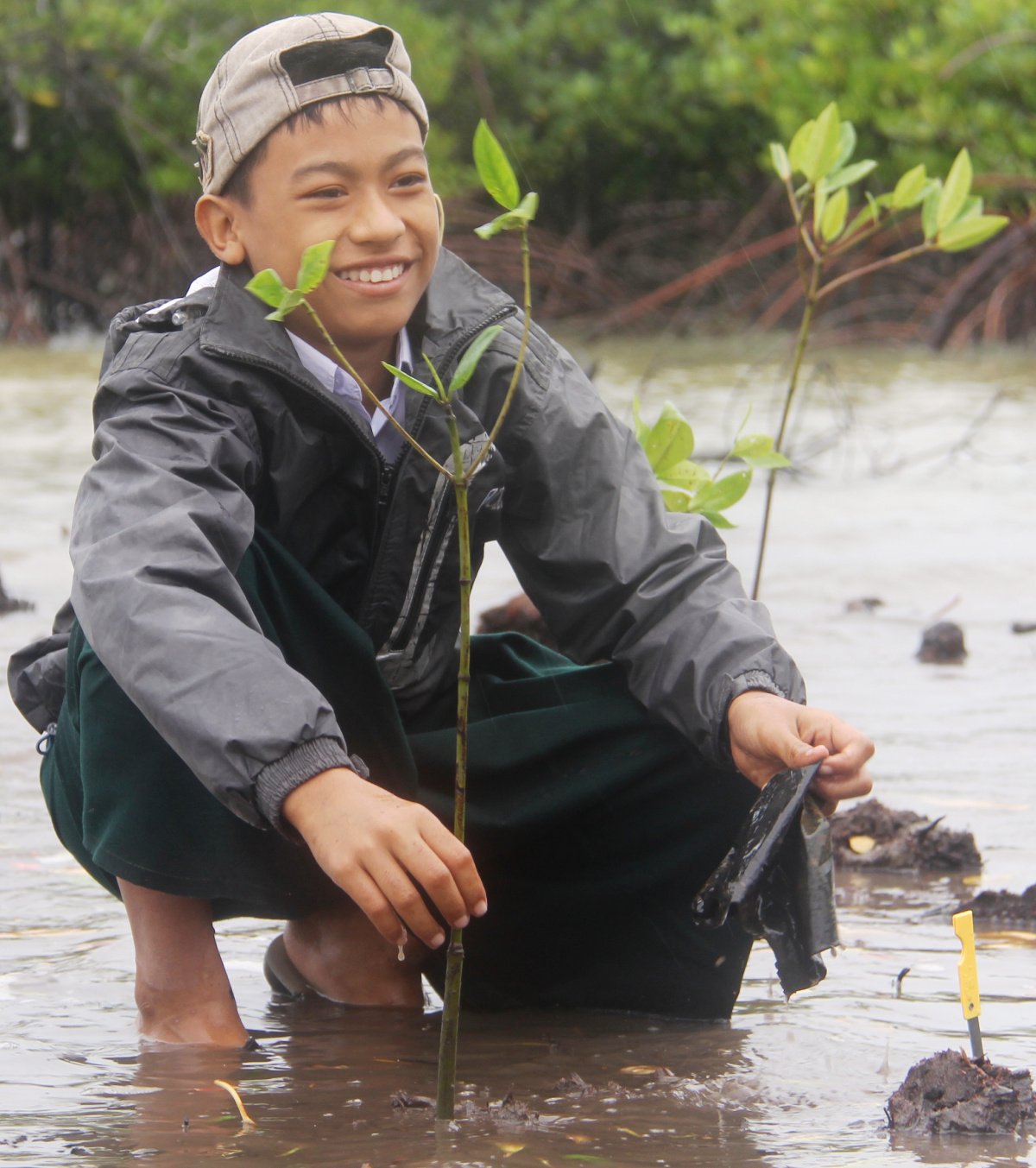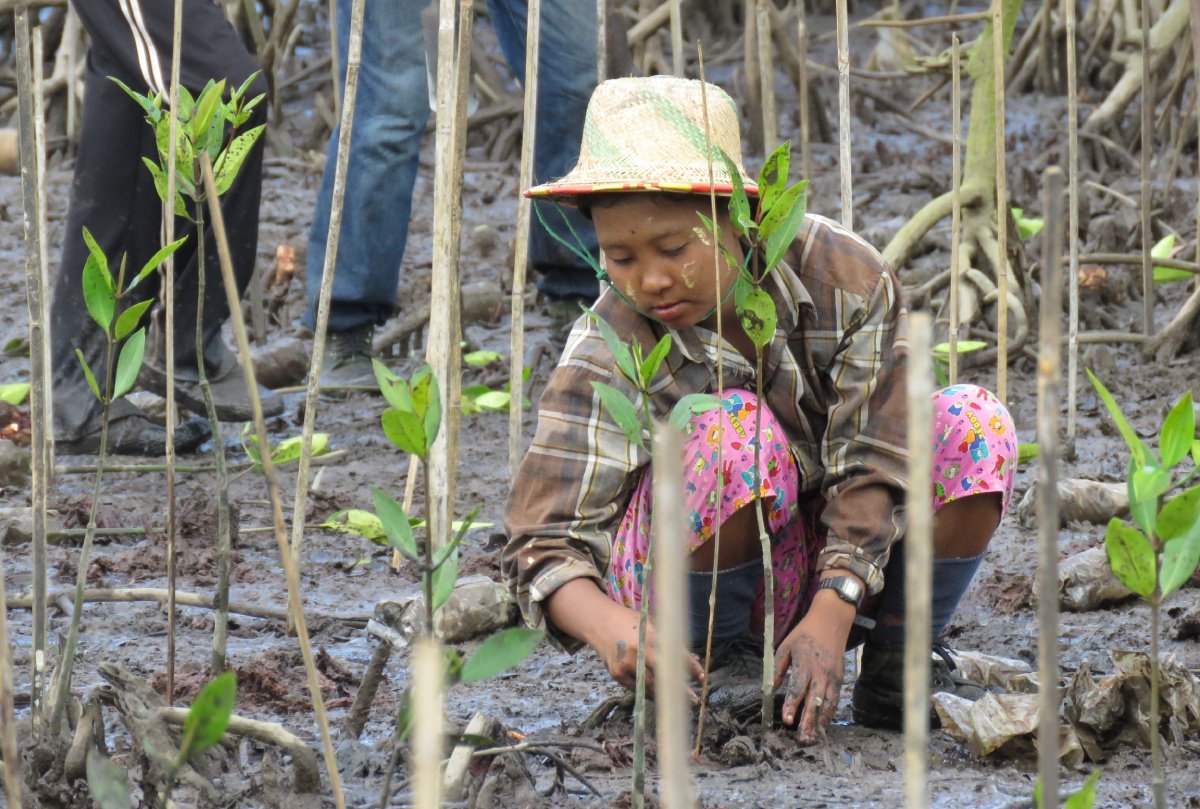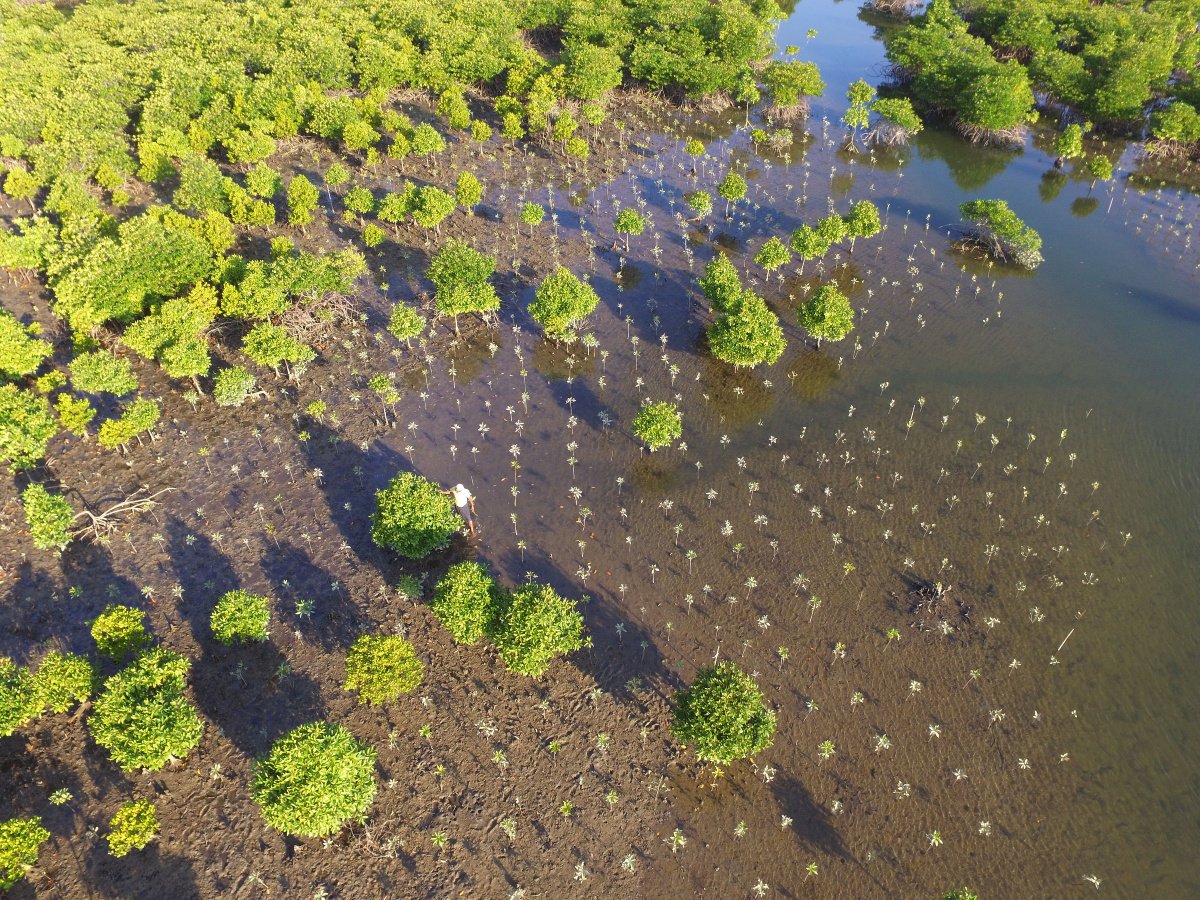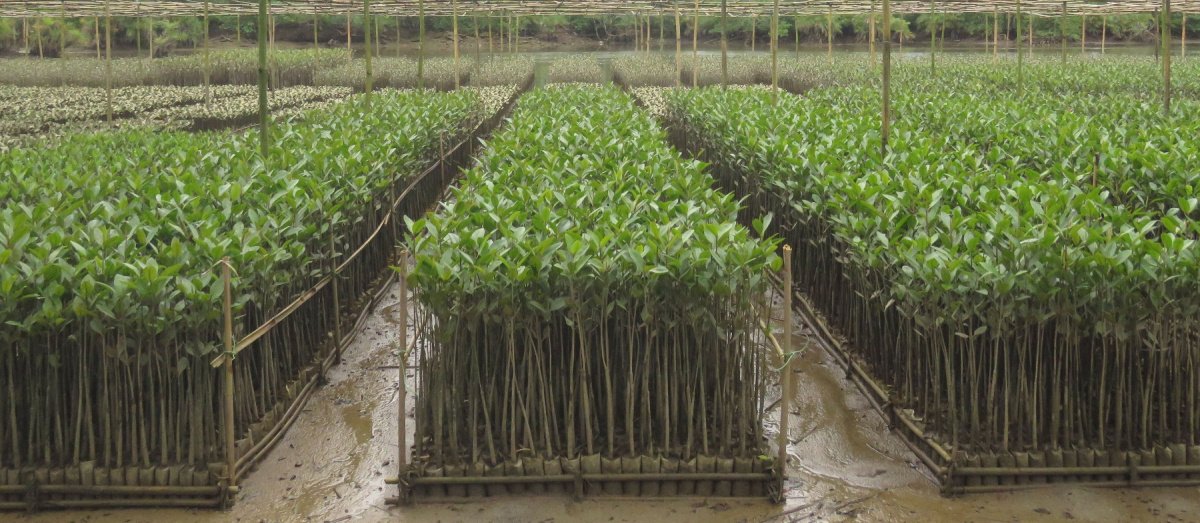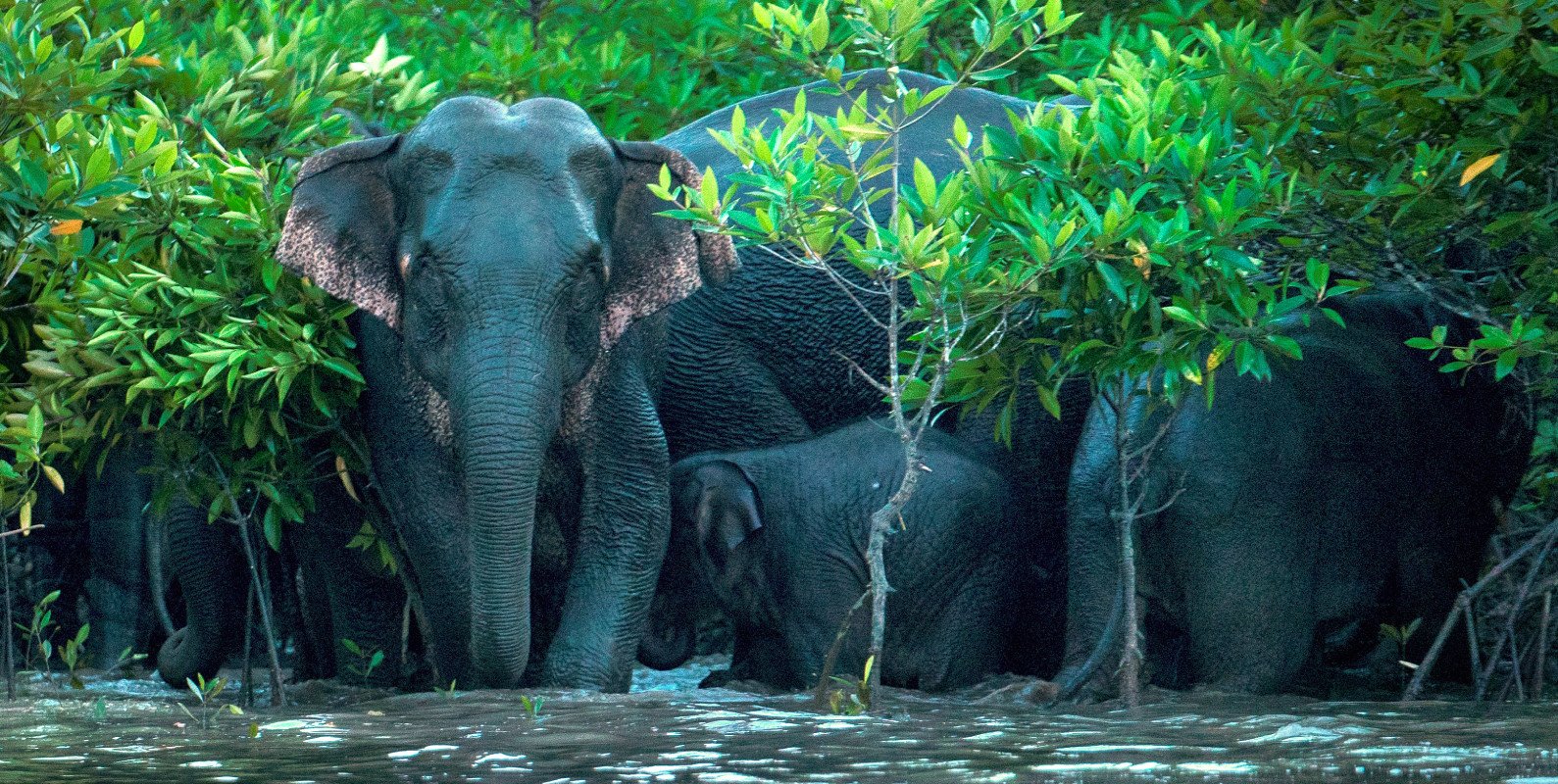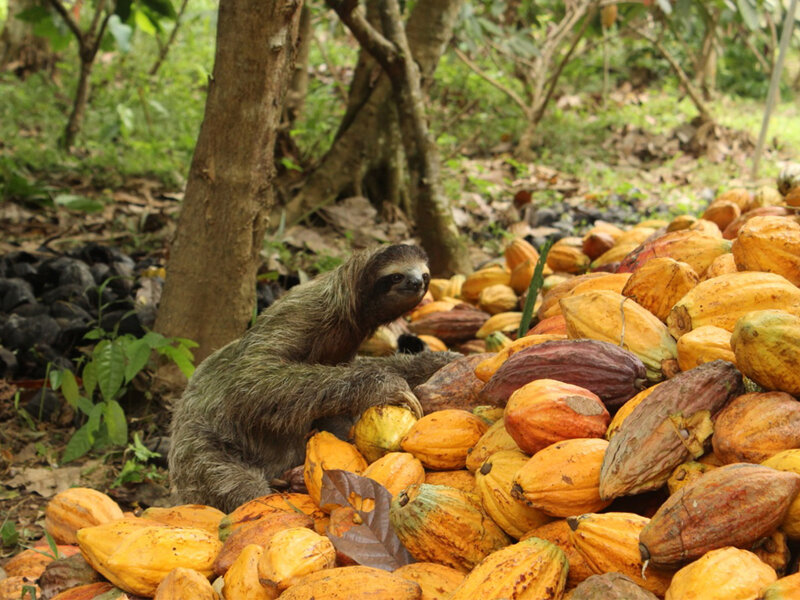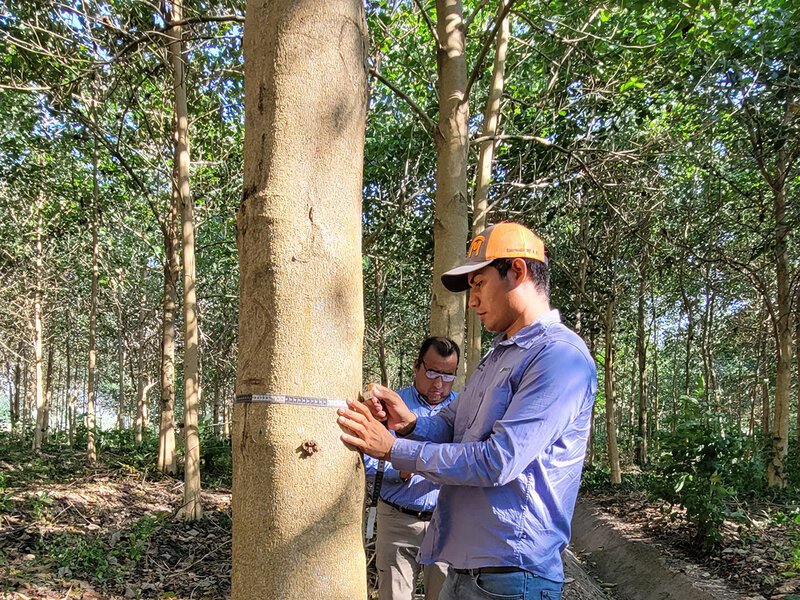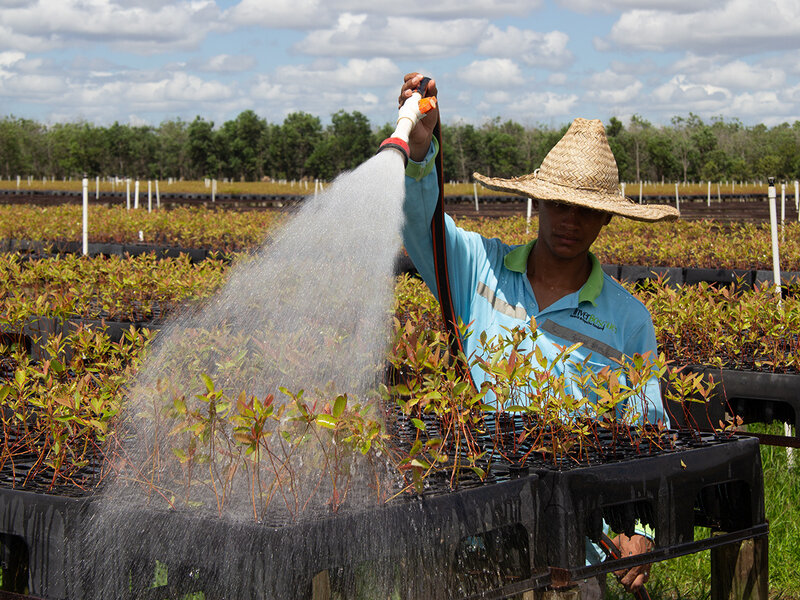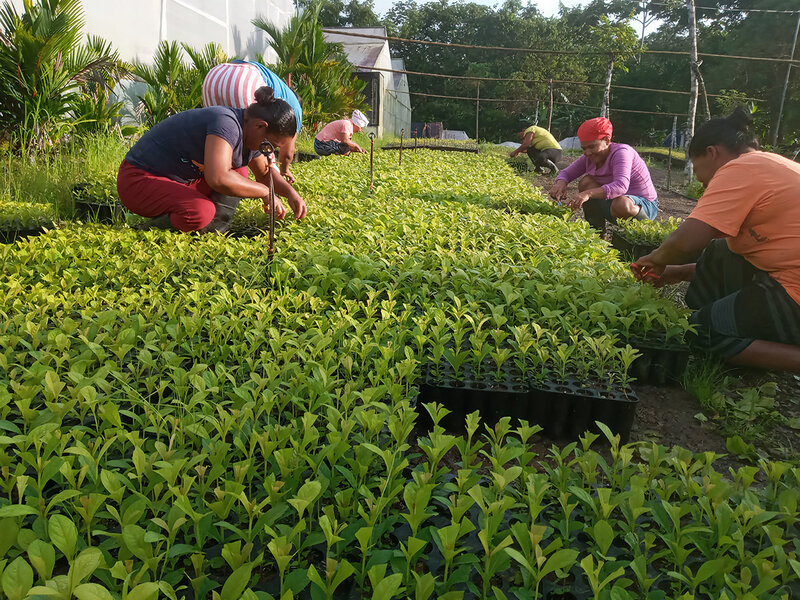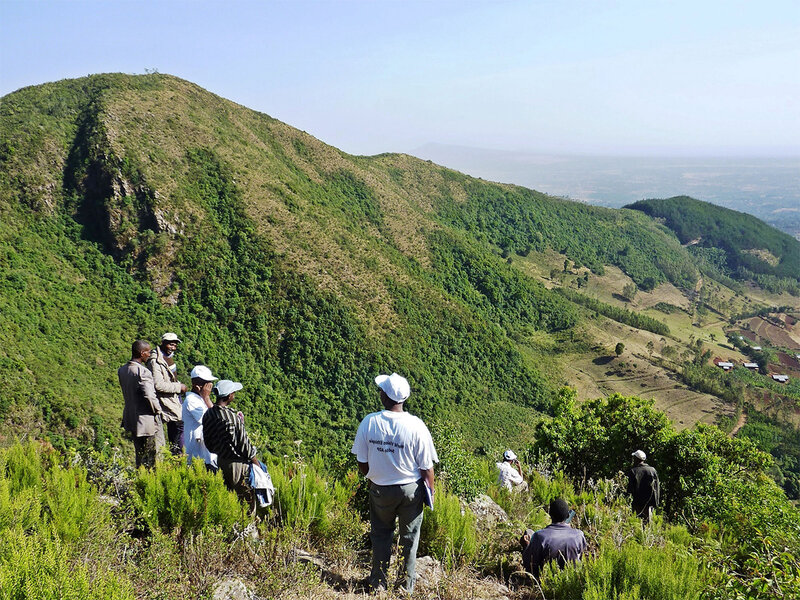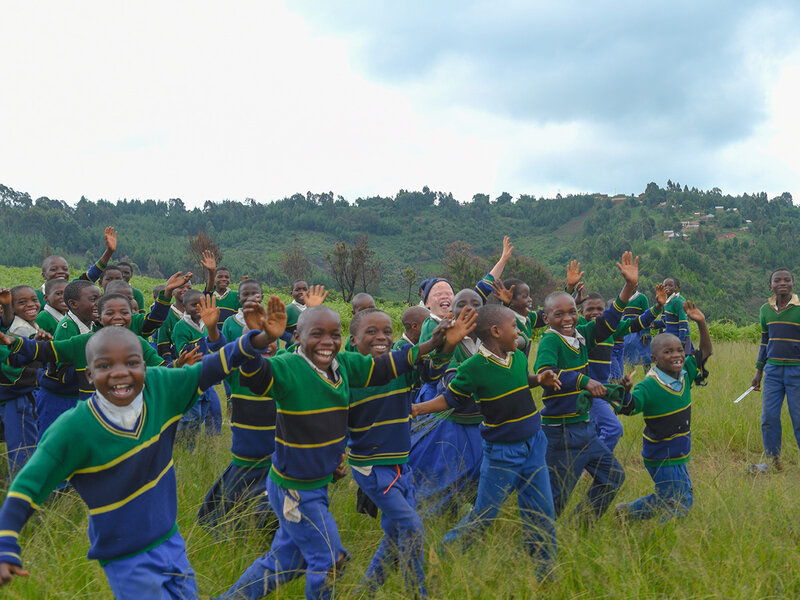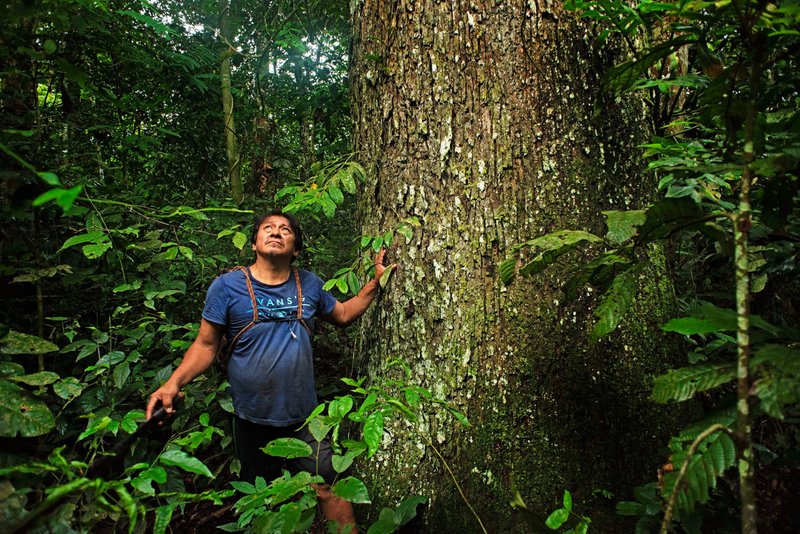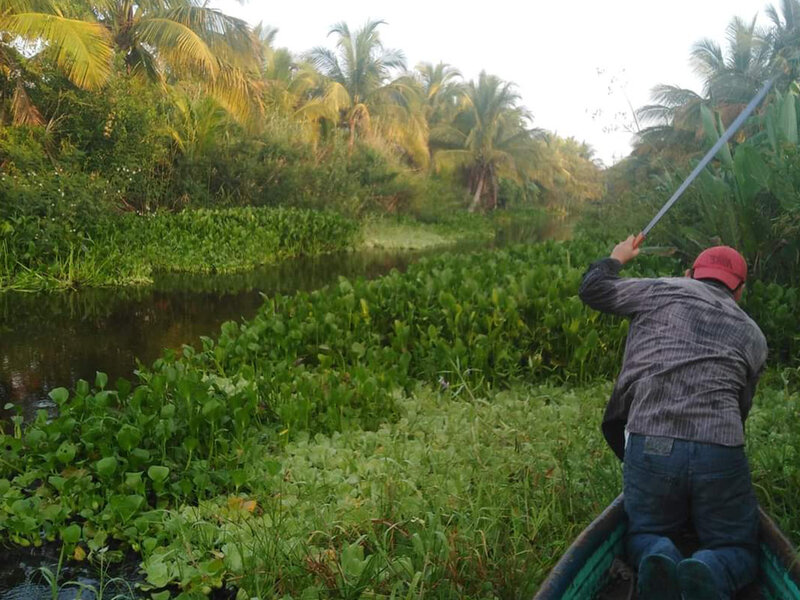The project aims to re-establish a sustainably managed mangrove ecosystem and to maintain it in the long term. In the process, carbon will be stored, the risk of natural disasters will be reduced and poverty in the region will be tackled. The establishment of the first mangrove gene bank in Myanmar, which already contains 64 mangrove species, is also successfully contributing to biodiversity conservation. The project also enhances food security by reducing the risk of erosion and saline intrusion in low-lying agricultural land due to rising sea levels. In addition, the restoration of mangrove forests supports small-scale fishermen in the region by allowing fish populations to access new habitats.
The local population is actively involved in all phases of the project, and low income families in particular are prioritized. This creates direct jobs with above-average wages and thus promotes the rural development of the region. This combination of mangrove forest restoration and greenbelt conservation creates an important carbon sink and thus makes an important contribution to mitigating climate change.
What makes this project stand out:
- Economic independence through coastal resident training and cook stove production
- Mangrove restoration for biodiversity, carbon sequestration, and sustainable livelihoods
- Safe drinking water access via well construction and glazed clay pot distribution
- Enhanced community connectivity with the construction of a 90-foot wooden bridge


